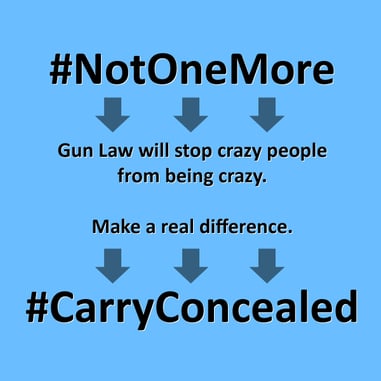At a recent firearms display in Las Vegas, I was lucky enough to get to hear Rob Pincus of the ICE Training Company discuss the importance of staging firearms for use around the house.
Rob’s background can be traced through twenty-some odd years of teaching law enforcement, military, and the civilian sector and he takes a very practical view to reality-based training. When discussing a home invasion scenario, Pincus brought up a good hypothetical scenario for us to consider.
Imagine you’re home and sitting on the sofa watching a TV show. You hear a window crash in another room. Well, if you have a gun staged conveniently by a sofa, you’re ready to go into action.
Now, if your gun is in your bedroom and the bad guy is in a room between you and the bedroom, you’re in trouble.
This leads into a great discussion about staging firearms throughout the home.
How To Figure Out The Best Location To Stage Firearms
It starts with the following:
- Draw a layout of your home. Include all rooms, closets, windows, and entry ways. If you have a garage or out-building that you frequent, draw that in there as well.
- Make five photocopies of this sheet of paper with your home laid out.
- On photocopy one, write 12 a.m. on top of it. The second sheet should have 6 a.m., the third has 12 p.m., fourth has 6 p.m., and fifth has 9 p.m.
On each sheet, draw an ‘x’ for where you would most likely be at that given time. If you have someone living with you or have a spouse, mark where he or she will likely be. If you have kids, mark them down as well.
In substitute for 12 a.m/6 a.m./12 p.m./6 p.m./9 p.m. you can use the following times:
- A time when you are likely to be in bed.
- A time when you are getting ready for work.
- A time when you’re not likely home but family members may be. (i.e. 3:30 or 4:30 p.m. on a weekday if you have kids in school)
- A time when you return home from work.
- A time when you are winding down for bed but not in bed, yet.
In most cases, your ‘x’ will be in a different room throughout the day… Unless you live in a studio apartment or never leave your room.
Next, mark where you currently store your unused firearms.
What’s the minimum distance you have to cover to get to those firearms? That’s a general idea of your readiness.
From covering a number of home invasion stories and weeding through the statistics, we can honestly say there is no set time for a break-in to occur. Home intruders can break in any time of the day or night and for any number of reasons. Sometimes it’s just to steal your belongings, sometimes it’s worse.
Those five times marked on each sheet of paper are an indicator to you of how prepared you are at the five basic cycles of your day.
If you have to race between two or more rooms or corridors to get a gun, you’re at a severe disadvantage. Similarly, if you have to try to corral your kids and spouse into a central room that doesn’t include your guns, you’re in trouble.
Two Basic Solutions To Staging A Gun
When it comes to ensuring firearms are readily accessible by you in your own home, there are two choices:
A.) Always carry a firearm on your person, inside your home. (AND/OR)
B.) Store firearms throughout the home so they are accessible to you and not bad guys.
Once you’ve figured out the critical places where you need to store a gun for instant accessibility, you have to figure out how to store them.
For those with young, curious children or those who worry about accidentally arming the bad guy, it’s more of a question of how you stage them versus whether you should.
There are biometric safes that respond to just your fingerprint. They come in all shapes and sizes and are actually pretty affordable. You can put them under a bed, inside a cabinet, or beneath garments in the closet. It’s your call. But the question of where and what is left up to you. You know your arsenal better than anyone and you know your living space better than anyone.
There are also RFID or chipped safes that require a pass key to enter. This only works if you actively (and always) carry the pass chip.
The last viable option is a key entry system. You can set the password length and the guns are accessible by you or any authorized party (like your spouse) you deem fit.
A safe doesn’t have to be huge or heavy to be effective. It just needs to ensure that there is no convenient access by a third party.
At Concealed Nation, our first choice is obviously always carry. Realistically, we understand that not everyone will. You know your limitations better than anyone but please do understand that in the event of a home invasion, having a firearm within reach increases your availability to react.







![Family In Car Is Attacked By Multiple People After Woman Claims It’s Her Car [WATCH]](https://imagedelivery.net/sbm_lYeJbALkepJgtmRD5w/concealednation.org/2020/08/vehicle-attack.jpg/w=728,h=381)



![[FIREARM REVIEW] Sig Sauer P290RS](https://imagedelivery.net/sbm_lYeJbALkepJgtmRD5w/concealednation.org/2016/02/Image00001-2.jpg/w=728,h=381)


